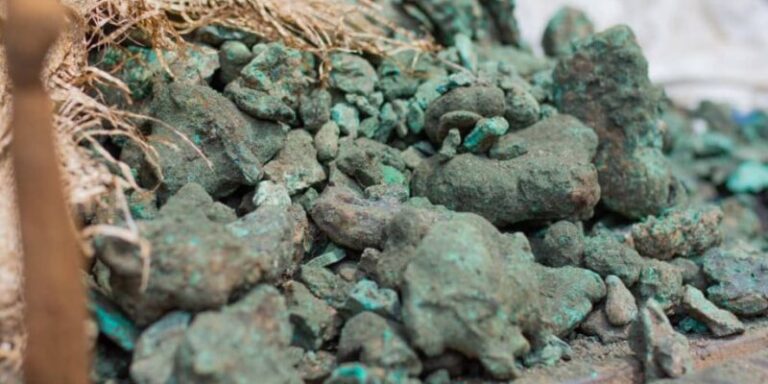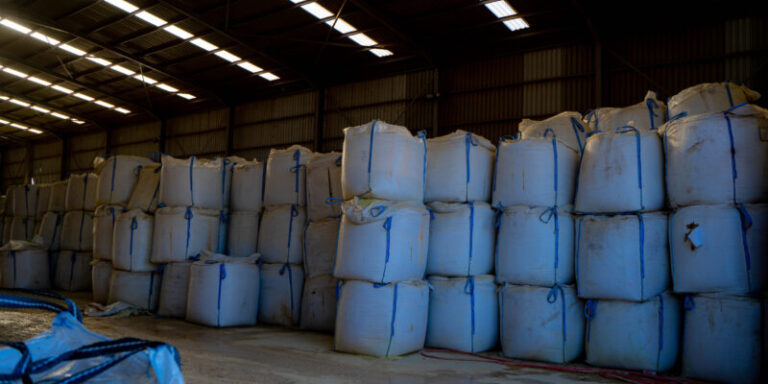
One of the Fair Cobalt Alliance’s (FCA) three strategic objectives is increasing the incomes of artisanal cobalt miners and their wider community.
Key to that strategy is ensuring fair value retention at the point of mineral sales.
While artisanal miners are, on average, earning more than many other community members, most mine workers complain about the lack of transparency of current trading practices, often accusing traders of taking advantage of their inability to accurately determine mineral content and value.
Committed to developing replicable and scalable interventions, the FCA has developed a document to guide the development and adoption of fair-trading practices across artisanal mine sites.
We consider a fair price a price that results from accurate purity and weight determination and with a logical link to international cobalt (and copper) prices.
Based on the FCA’s engagement with artisanal miners on the Kamilombe mine site in the DRC and across the region, we know that miners have little or no trust in the accuracy of purity and weight measurements conducted by traders.
In addition to miscalculating mineral content, many mine workers report that they must choose between being compensated for either copper or cobalt.
Meanwhile, there is no reason to assume that traders are only paid for one of the two minerals as they sell it on to the next party in the supply chain.
Defining fair cobalt trading practices
To ensure fair trading practices, we will need to ensure:
Proper sampling: To ensure fair compensation, the sample used to measure metal content needs to be representative of the metal batch being sold.
It is easy to manipulate the quality of a sample by focusing on lower-grade material, which can be done simply by eyesight, as both copper and cobalt are visible to the naked eye.
To ensure that the sample is representative, traders would need to adhere to a transparent and replicable sampling methodology.
Accurate purity measurement: It is common practice to use XRF machines to determine the purity of a sample. These machines require accurate calibration to produce a reliable reading. It requires several readings to derive a representative average across a sample.
Pricing transparency: Local buying prices should be linked to the international market prices for copper and cobalt so that miners have a clear indication of what they can expect from their mineral sales.
A pricing formula will need to factor in the grade of the material, as low-grade material is purchased at a discount, due to the cost of transport for large volumes of ore.






